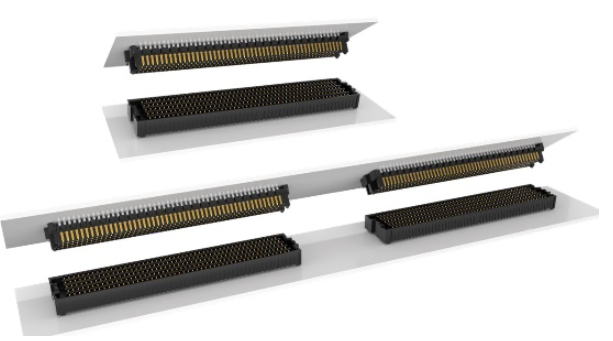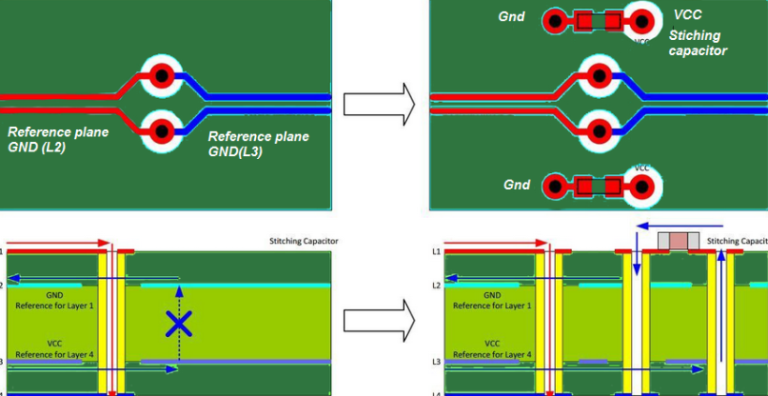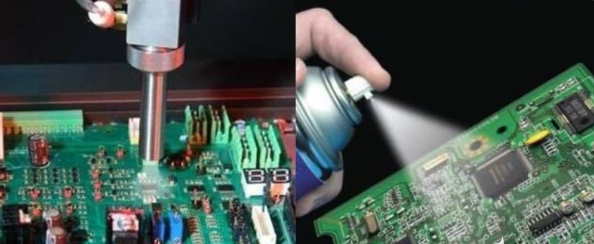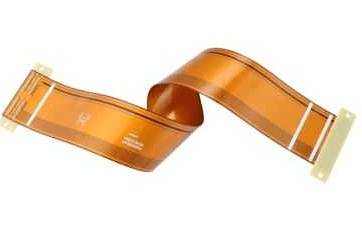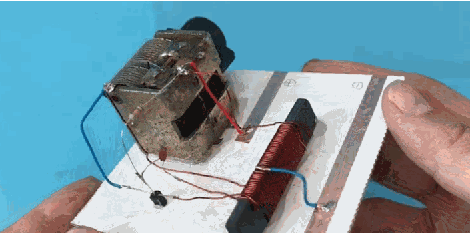Innovation is the driving force for the sustainable development of the PCB industry
The innovation of printed circuits lies first in the innovation of PCB products and markets.
The innovation of printed circuits is based on technological innovation. Printed electronic circuits (PEC) have brought revolutionary changes to PCB products and production processes.
Printed circuit boards (PCBs) have become an indispensable accessory for modern electronic equipment.
Whether it is high-end electronic equipment on the ground or on the sea, or household appliances and electronic toys, PCBs that load electronic components and electrical signals are indispensable, and PCBs are developed with the development of the entire electronic information industry.
The innovation of printed circuits lies first in the innovation of PCB products and markets.
The earliest PCB products were single-sided boards, with only one layer of conductor on the insulating board, and the line width was measured in millimeters.
They were commercially used in semiconductor (transistor) radios. Later, with the advent of televisions, computers, etc., PCB products were innovated, and double-sided boards and multi-layer boards appeared.
There were two or more layers of conductors on the insulating board, and the line width was gradually reduced. In order to adapt to the miniaturization and lightweight development of electronic equipment, flexible PCBs and rigid-flex PCBs have appeared.
At present, the main market of PCB is in the fields of computers (computers and peripheral equipment), communication equipment (base stations and handheld terminals, etc.), home electronics (TV sets, cameras, game consoles, etc.) and automotive electronics.
PCB products are mainly multilayer boards and high-density interconnect (HDI) boards.
With the development of computers towards high speed and large capacity, mobile phones towards multi-functional intelligence, TV sets towards high-definition 3D, and cars towards high-safety intelligence, HDI printed boards have also changed from wire connection functions to electronic circuit functions, that is, in addition to basic conductor lines, PCB products also contain passive components such as resistors and capacitors and active components such as IC chips. The new generation of HDI printed boards is a printed board with embedded components inside. The newer generation of printed boards is suitable for high-frequency and high-speed signal transmission applications. The PCB layers will contain optical fibers and waveguides to form optoelectronic printed boards suitable for signal transmission above 40GHz.
It is precisely because of the continuous innovation of PCB products that we usher in the spring of printed circuit development one after another.
Smart phones will bring about a climax in embedded component printed circuit boards, LED energy-saving lighting will bring about a climax in metal-based printed circuit boards, and e-books and thin-film displays will bring about a climax in flexible circuit boards.
The innovation of printed circuits is based on technological innovation. The traditional technology for PCB manufacturing is copper foil etching (subtractive method), which is to use a copper foil insulating substrate to etch away unnecessary copper layers by chemical solution, leaving the required copper conductors to form a circuit pattern; for double-sided and multi-layer boards, the interlayer interconnection is achieved by drilling and electroplating copper. Now this traditional process is difficult to adapt to the production of micron-level fine-line HDI boards, it is difficult to achieve fast and low-cost production, and it is difficult to achieve the goals of energy conservation and emission reduction and green production. Only technological innovation can change this situation.
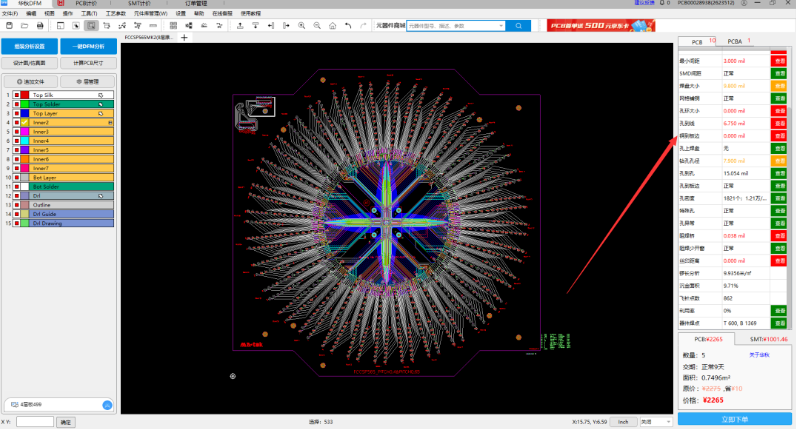
High density is the eternal theme of PCB technology.
High density is characterized by finer lines, smaller interconnect holes, higher number of layers and thinner weight. For example, the conventional line width/line spacing of PCB has been refined from 100μm to 75μm and 50μm, and will be refined to 25μm and 20μm in a few years. Therefore, the copper foil etching process must be reformed and innovated.
For the technological innovation of printed circuits, people have been pursuing semi-additive and additive technologies, that is, depositing copper layers on insulating substrates to form circuit patterns. This is an improvement on the traditional subtractive method.
Although there is progress, it still requires a lot of energy consumption and the cost is also high. The new innovation path is printed electronic circuits (PEC), which has brought revolutionary changes to PCB products and production processes.
Printed electronic circuit technology uses pure printing methods to realize electronic circuit graphics, that is, screen printing, offset printing or inkjet printing technology is used to print functional inks (conductive inks, semiconductor inks, insulating inks, etc.) on insulating substrates to obtain the required electronic circuits. This technology can simplify the production process, save raw materials, reduce pollutants, and reduce production costs. If equipped with roll-to-roll processing equipment, it can achieve large-scale and low-cost production.
The continuous development of printed electronic circuit technology will bring the PCB industry to a higher level.

